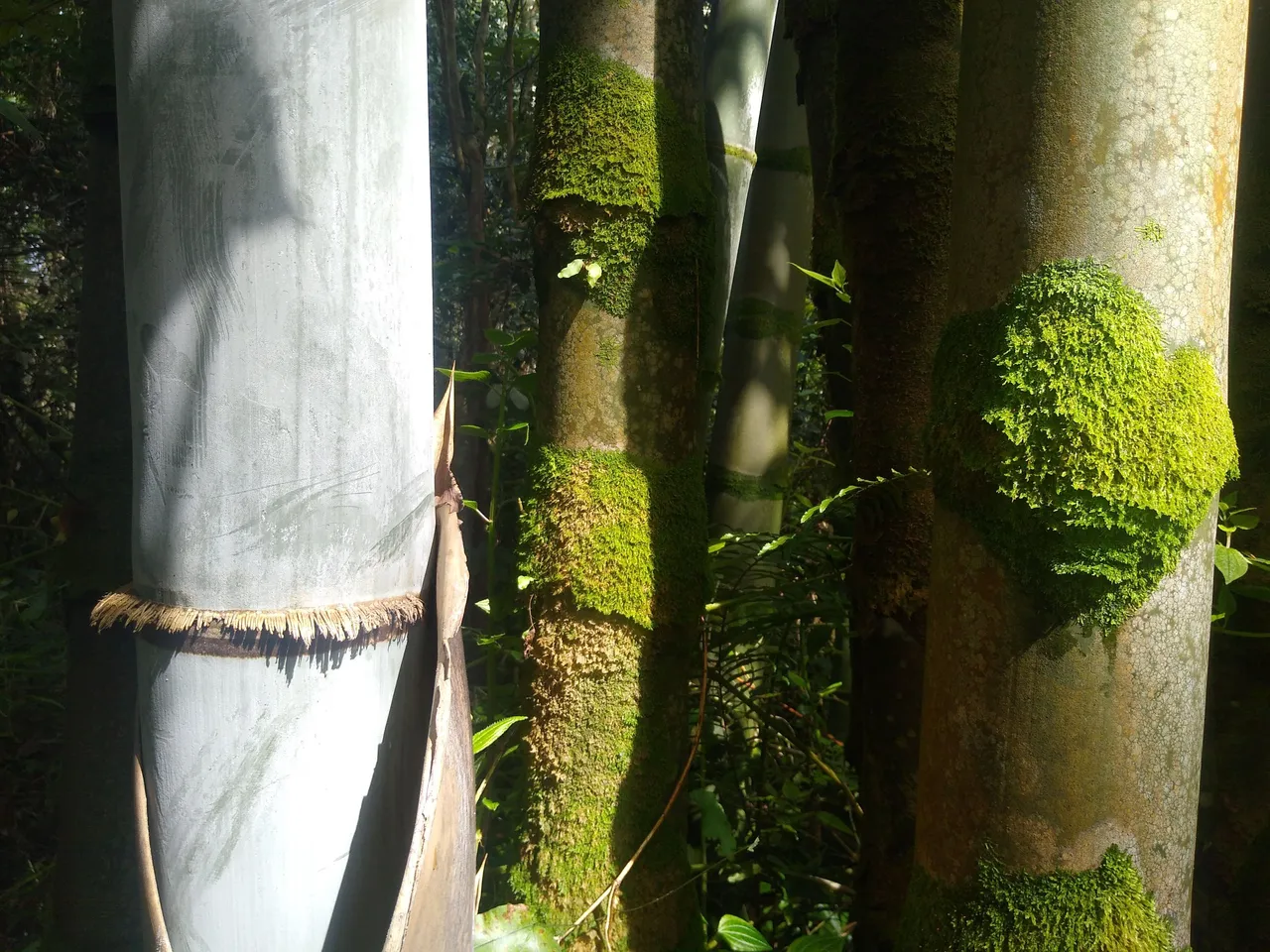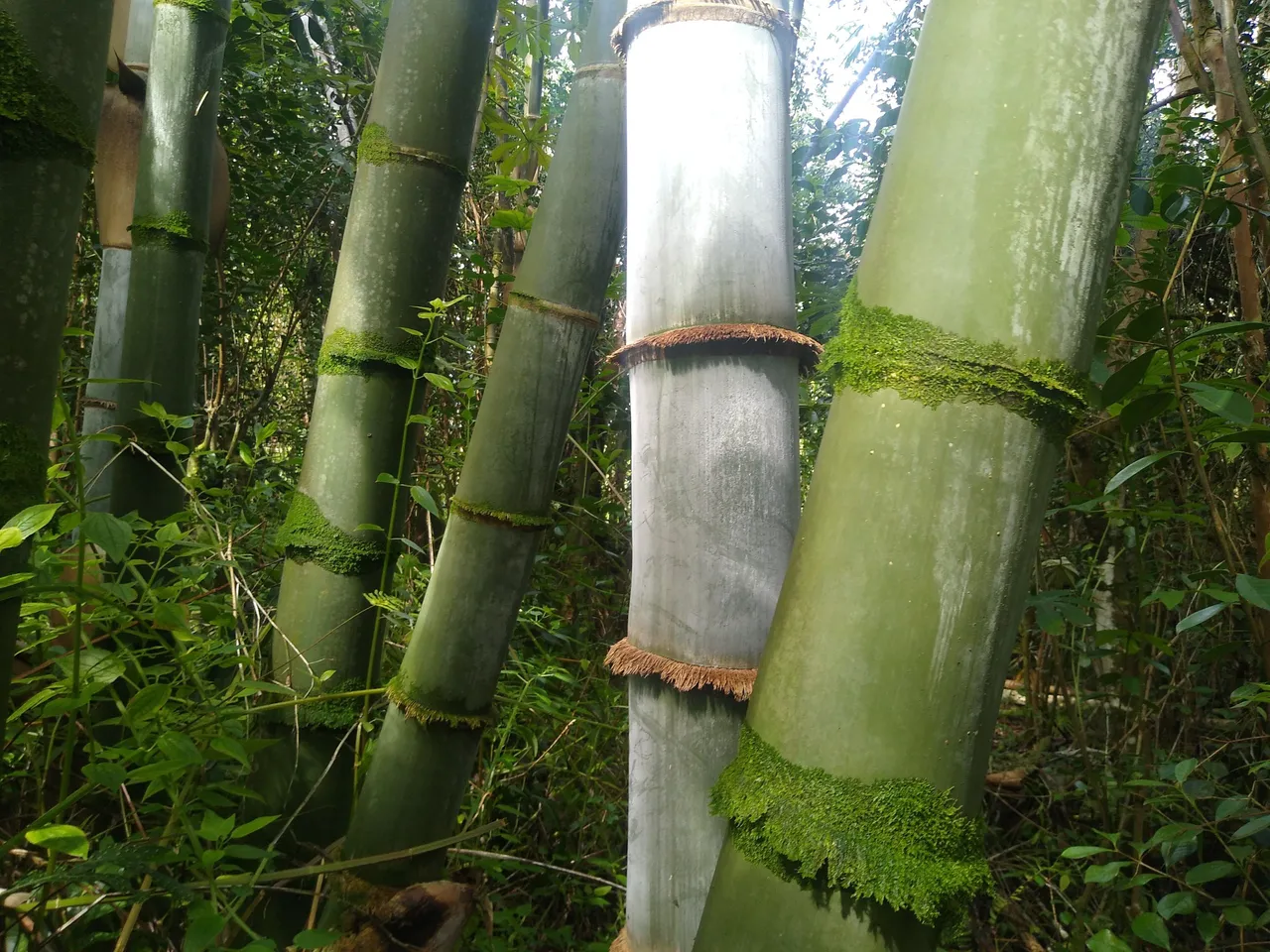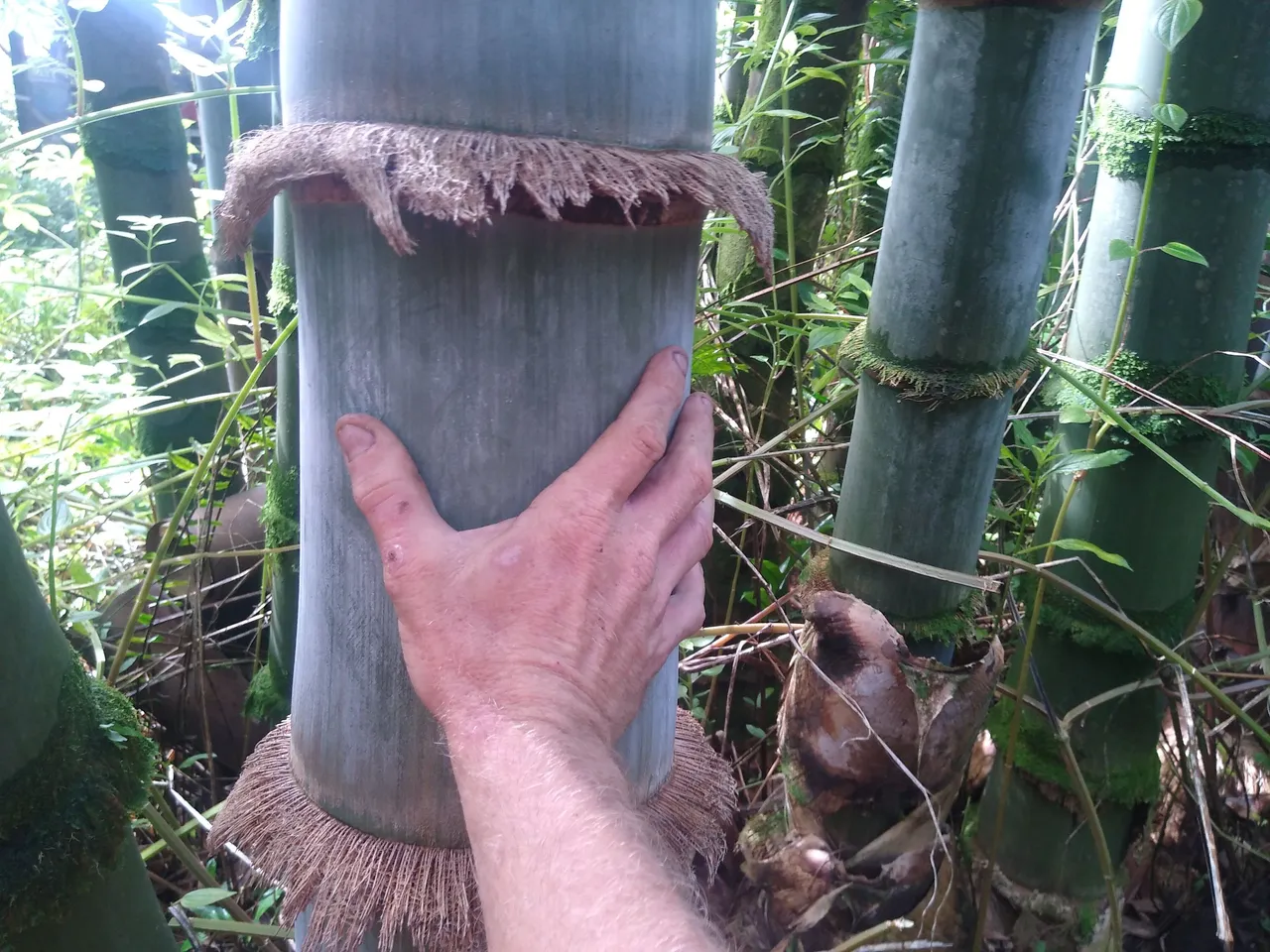Hello again all! For the past 3 years I've lived in an 18-acre, off-grid, permacultural intentional community, deep in the jungles of Lower Puna, on the Eastern tip of the Big Island of Hawai'i. A good portion of the property are food forests. We have a great diversity of plants here from every corner of the globe, and I'm bringing in and propagating new ones all the time.
One of the founding members of this community (Ano) developed quite a reputation for himself in the wider Hawai'i community for propagating and selling a large diversity of bananas (over 30 varieties) and tropical clumping bamboos (over 40 different species and varieties). Because of this, of course, the community where I live has a great many well developed plants of both, along with hordes of other edible and medicinal species covering the property, both cultivated and wild. Most plants on this property are edible and/or medicinal.
In any case, I'm likely be sharing more here over time, bit by bit. One of the plants that I felt inspired to share today is Dendrocalamus giganteus, among the largest bamboos in the world.
In these photos, you can see the difference between the new culms (culm is a botanical term referring to the stems of plants in the grass family, Poaceae) and the older ones. The new culms are darker green in color, with a fairly dense white bloom cover their surface. The older ones tend to be lighter green and their surfaces tend to be covered in lichens and mosses. Root verticillation can be seen clearly around each node. This is a common characteristic of many tropical clumping bamboos.
The plant in these photos, while it is huge, it has not reached its maximum potential dimensions yet. This part of Hawai'i is so new that the soil here is generally quite shallow, which limits the maximum size of many species, so we'll see how much larger it is able to get.
At one point in my life (early 20s) I was focused on becoming a bamboo botanist, specializing in the woody bamboos. While I did not take that path in life, the bamboos have always been, and will always be, old friends to me.
One thing I'd like to point out is that this is a grass, not a tree. Bamboos are in the family Poaceae, and in the subfamily bambusoideae.
Bamboos have a striking kaleidoscope of sizes, colors, habits, and uses across their 1,500ish species and varieties. It's easy to fall in love with them.
I hope that you've enjoyed and found this tiny snippet of my world interesting. Much more to come. 🙏💚


